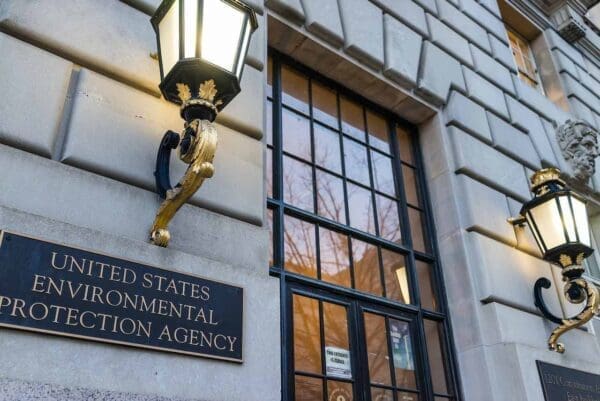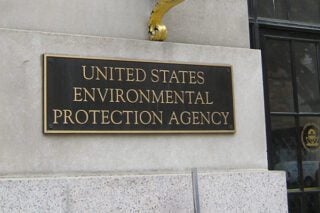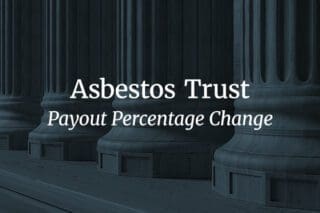
Environmental and health groups have filed a lawsuit against the Environmental Protection Agency (EPA) over the organization’s handling of legacy asbestos. The suit intends to force the EPA to evaluate the risks associated with legacy asbestos throughout the United States by a set deadline.
The suit comes after the groups were dissatisfied with the Final Risk Evaluation for Asbestos, Part 1: Chrysotile Asbestos, released on December 30, 2020. The risk evaluation did not include analysis of legacy uses of asbestos.
Environmental and Health Groups Attempt to Force an Evaluation
In a lawsuit filed May 18, 2021, the Asbestos Disease Awareness Organization (ADAO), American Public Health Association (APHA), other nonprofits and public health experts claimed the EPA did not fulfill its duties according to the Toxic Substances Control Act (TSCA).
The suit claims that according to the TSCA, a federal law, the EPA must evaluate legacy asbestos risks as part of the risk evaluation for asbestos.
These legacy uses of asbestos were initially omitted from the EPA’s asbestos risk evaluation, which began in 2016. At that time, the EPA stated legacy uses were not under its authority. However, a U.S. Court of Appeals for the Ninth Circuit decision in November 2019 determined “the ongoing use and disposal of chemicals no longer distributed in commerce are ‘conditions of use’ as defined in section 3(4) of TSCA and must be included in TSCA risk evaluations.”
Due to this ruling, the groups and individuals filing suit believe the EPA did not meet the June 19, 2020, deadline for the asbestos evaluation because the agency has not evaluated legacy uses.
The EPA has stated it will perform a second risk evaluation specifically for legacy uses. However, no specifics or timeline have been released to the public. Additionally, any future evaluations would be past the June 19, 2020, deadline, as alleged in the lawsuit.
To ensure timeliness of the report, the lawsuit asks the court to set a deadline for the EPA’s part two of the risk evaluation.
Ambiguity of First Risk Evaluation and Lack of Details Surrounding Second Evaluation
The EPA’s Final Risk Evaluation for Asbestos, Part 1: Chrysotile Asbestos found all six current uses of chrysotile asbestos are hazardous to human health. However, this risk evaluation did not include legacy uses of asbestos. By omitting legacy uses of asbestos, the risk evaluation also did not analyze risks associated with the other five types of asbestos.
According to the EPA, chrysotile asbestos is the only form of asbestos currently imported into the United States in products or raw asbestos. However, other forms of asbestos and uses now regulated linger in homes, schools and other buildings across the country. Asbestos was used heavily in the construction of structures from the 1930s until 1980. These many instances of legacy asbestos have not been evaluated by the EPA.
Without Evaluation Legacy Uses of Asbestos Continue to Pose an Unchecked Health Risk
In the lawsuit, the parties detail the great unchecked risk of legacy asbestos uses due to aging infrastructure. When disturbed, the asbestos fibers can become airborne, leading to inhalation or ingestion. Once inside the body, asbestos fibers may cause mesothelioma, asbestos lung cancer and asbestosis, among other diseases.
Exposure to legacy asbestos may occur during renovation, repair or demolition of structures built with asbestos. The EPA part two evaluation would assess the asbestos exposure risk to humans and the environment during these activities. The agency would also evaluate any potential risk during the disposal of legacy asbestos materials.
Groups Hope for an Asbestos Ban
According to their legal team, the plaintiffs are hopeful the EPA will cooperate with the results of this litigation and future asbestos-related issues. Since the release of the Final Risk Evaluation for Asbestos, Part 1: Chrysotile Asbestos in December 2020, there has been a change in presidential administrations. The groups are optimistic the Biden administration’s EPA will complete the risk evaluation begun under the Trump EPA.




